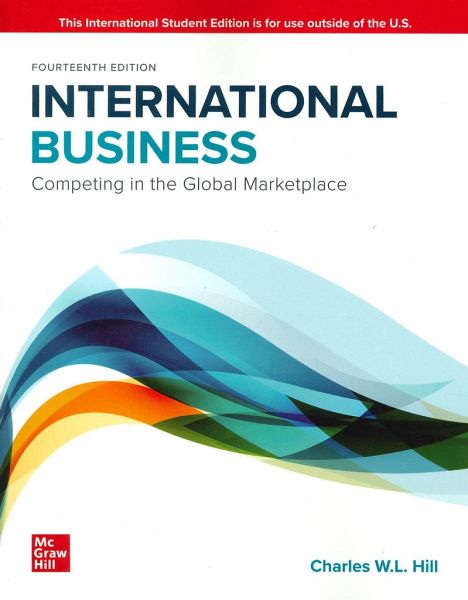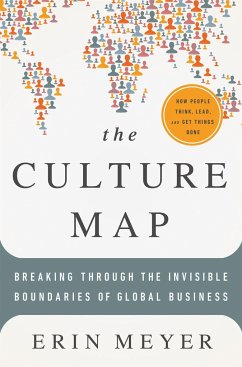Charles W. L. Hill is the Hughes M. and Katherine Blake Professor of Strategy and International Business at the Foster School of Business, University of Washington. The Foster School has a Center for International Business Education and Research (CIBER), one of only 17 funded by the U.S. Department of Education, and is consistently ranked as a Top-25 business school. Learn more about Professor Hill at foster.uw.edu/faculty-research/directory/charles-hill A native of the United Kingdom, Professor Hill received his PhD from the University of Manchester, UK. In addition to the University of Washington, he has served on the faculties of the University of Manchester, Texas A&M University, and Michigan State University.Professor Hill has published over 50 articles in top academic journals, including the Academy of Management Journal, Academy of Management Review, Strategic Management Journal, and Organization Science. Professor Hill has also published several textbooks including International Business (McGraw Hill LLC) and Global Business Today (McGraw Hill LLC). His work is among the most widely cited in the world in international business and strategic management. Beginning in 2014, Dr. Hill partnered with Dr. Tomas Hult in a formidable co-authorship of the IB franchise of textbooks (International Business, Global Business Today). This brought together two of the most cited international business scholars in history.Professor Hill has taught in the MBA, Executive MBA, Technology Management MBA, Management, and PhD programs at the University of Washington. During his time at the University of Washington he has received over 25 awards for teaching excellence, including the Charles E. Summer Outstanding Teaching Award.Professor Hill works on a private basis with a number of organizations. His clients have included Microsoft, where he has been teaching in-house executive education courses for two decades. He has also consulted for a variety of other large companies (e.g., AT&T Wireless, Boeing, BF Goodrich, Group Health, Hexcel, Microsoft, Philips Healthcare, Philips Medical Systems, Seattle City Light, Swedish Health Services, Tacoma City Light, Thompson Financial Services, WRQ, and Wizards of the Coast). Professor Hill has also served on the advisory board of several start-up companies.For recreation, Professor Hill enjoys skiing, and competitive sailing!














